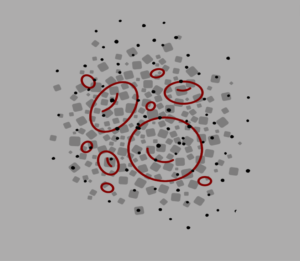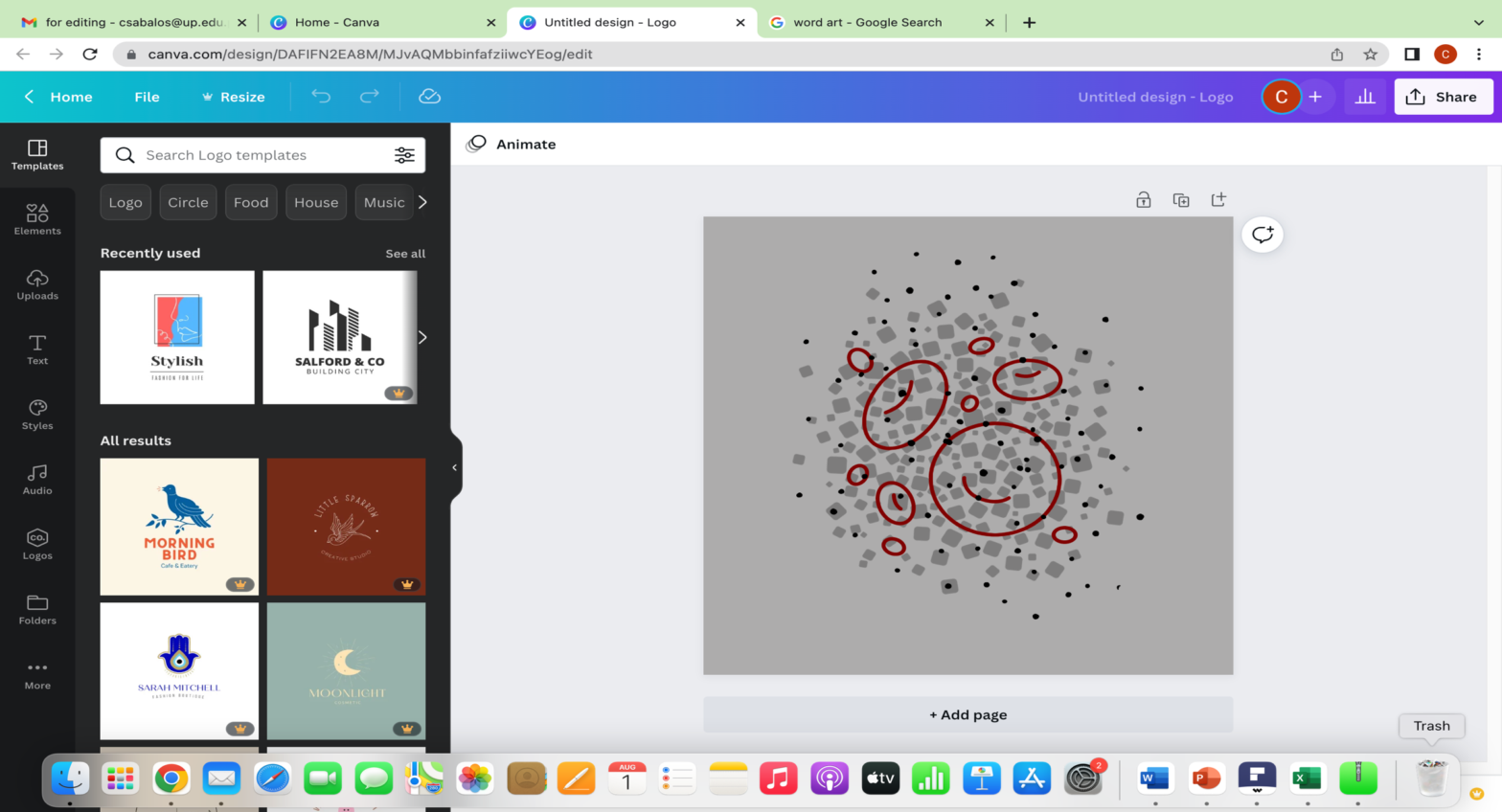
On sweet and fatty matter
by: Elsie C. Jimenez
During the morning walking routine in our village with my friends who are mostly ‘Fil-Sen’ (Filipino-Senior citizens), our topics of conversation sometimes focus on food and clinical blood chemistry matters. For Fil-Sen like many of us, health and wellness are hot topics when we get together. We talk about the ‘highs’ in life – high blood pressure, high level of blood glucose, high level of lipids, such as cholesterol and triglycerides or storage fats, etc. It was surprising for me to know that all of them, including those quite younger than I, are on maintenance medications for high levels of blood glucose and/or lipids. More surprising is that some of them are unmindful of their diet because they seem to be assured of good health as they are regularly taking medicines anyway. In fact, few of them go to buffet resto quite often, even if one is on medication for severe diabetes.
High blood glucose level can lead to diabetes mellitus, or simply diabetes. The key substance that guides us to diabetes awareness is the protein or peptide hormone called insulin. Insulin is made by beta-cells of the pancreas, an organ that is found behind the stomach. After the enzymatic digestion of a carbohydrate meal, glucose is absorbed in the small intestine and carried into the bloodstream. The pancreas secretes insulin as a reaction to the increase in blood glucose level. In the cells insulin receptors bind the insulin molecules that are in circulation. Activation of insulin receptors located at the cell surface results in cellular processes that cause uptake of glucose by regulating the action of protein molecules which bring glucose molecules inside the cells.
Glucose is the main source of energy of the cells. Insulin is usually produced in a steady amount to eliminate excess blood glucose which could become toxic. With no action of insulin, we can eat a lot of carbohydrate-rich foods and still feel hungry because the cells cannot utilize the energy that can be obtained from glucose. It is insulin that regulates glucose metabolism, and a deficiency of this hormone leads to hyperglycemia and glucose excretion in the urine. Diabetes can occur when insulin fails in its regulatory function. Persons with type 1 diabetes either do not produce or minimally produce insulin and can be severely ill with no insulin injection/pump. Insulin cannot be taken orally because the stomach enzymes and intestinal juices can degrade it. Persons usually develop type 2 diabetes because of insulin resistance where the cells slowly respond to insulin so that they are unable to efficiently absorb glucose. A medicine (e.g., metformin) for type 2 diabetes increases insulin sensitivity leading to increased glucose uptake by the cells; it also inhibits glucose production by the liver cells from non-carbohydrates. Treatment with oral medicine is often sufficient for people with type 2 diabetes, although sometimes insulin may be required. Prolonged starvation can lead to depletion of glucose, causing hypoglycemia or low blood glucose level. Intake of carbohydrate-rich foods or drinks, or administration of dextrose (another term for glucose) is normally done to restore normal blood glucose level.
Other than cholesterol derived from the diet, the liver produces cholesterol from foods that are rich in carbohydrates and fats. Cholesterol and triglycerides circulate in blood plasma and constitute the blood lipids whose amounts are measured in clinical blood chemistry test that is the lipid profile. A medicine (i.e., statin) acts as inhibitor of an enzyme used in cholesterol production in the liver ultimately causing the removal of cholesterol from the blood. Whatever the approach is in lowering blood cholesterol to a healthy level, we must note that cholesterol is a substance that is essential for the maintenance of cellular functions. High levels of triglycerides and LDL (low-density lipoprotein) cholesterol and low level of HDL (high-density lipoprotein) cholesterol can contribute to atherosclerosis (hardening of artery walls) which is a risk factor in heart disease. More cholesterol can be potentially removed when the HDL level is high, thus a high level of HDL cholesterol is linked to low risk for atherosclerosis. However, low LDL and HDL cholesterol levels can be disastrous to the cells. If not carefully monitored, the use of cholesterol-lowering medicine may lead to lowering of total blood cholesterol to an unhealthy level. People who are taking cholesterol-lowering medicines should be aware and cautious of possible side effects.
As the saying goes: “We are what we eat,” which implies that we can have good health if we eat just enough good food. As a matter of fact, many people are now watchful of their health and looks, and they spend a lot of funds to stay fit. A proper diet with carbohydrates, fats and proteins supplies the body with nutrients that serve as sources of energy for the cells, as well as maintain protein-rich tissues, such as muscles. Carbohydrates, fats, and proteins help the cells utilize chemical energy. The foods that we eat contribute to the ability of the cells to perform biochemical reactions. The body metabolism includes the cells’ biochemical processes that convert food nutrients to energy. Proper nutrition assists the cells to generate the needed energy through cellular respiration which is a necessary process for life maintenance.
High intake of calorie-rich foods and genetic predisposition appear to be main factors contributing to type 2 diabetes. Unnecessary accumulation of nutrients, especially from a diet rich in carbohydrates and fats, can cause excessive production of stored fats that stand out as body bulges. Under normal conditions, with a proper diet, all the reactions in the body occur efficiently and energy is produced without any unwanted byproduct.
We can benefit from nutritional strategies that optimize metabolism and energy production to be in good health and avoid medications, and to remain in shape. We gain weight and tend to grow fat when we eat more than what is required for the body’s energy need. As we grow old, we tend to have less vigorous activities and the metabolic processes tend to slow down, thus, there is less energy need. Just enough proper diet for body maintenance and regular physical activities function well to prevent or delay the onset of type 2 diabetes and to burn down excessive stored fats. By then, some of the undesirable ‘highs’ in life may be prevented or eliminated and be replaced by high spirits.
Dr. Elsie C. Jimenez is a Professor Emeritus at the University of the Philippines Baguio. She is a biochemist and molecular biologist with special interest in health and wellness.
